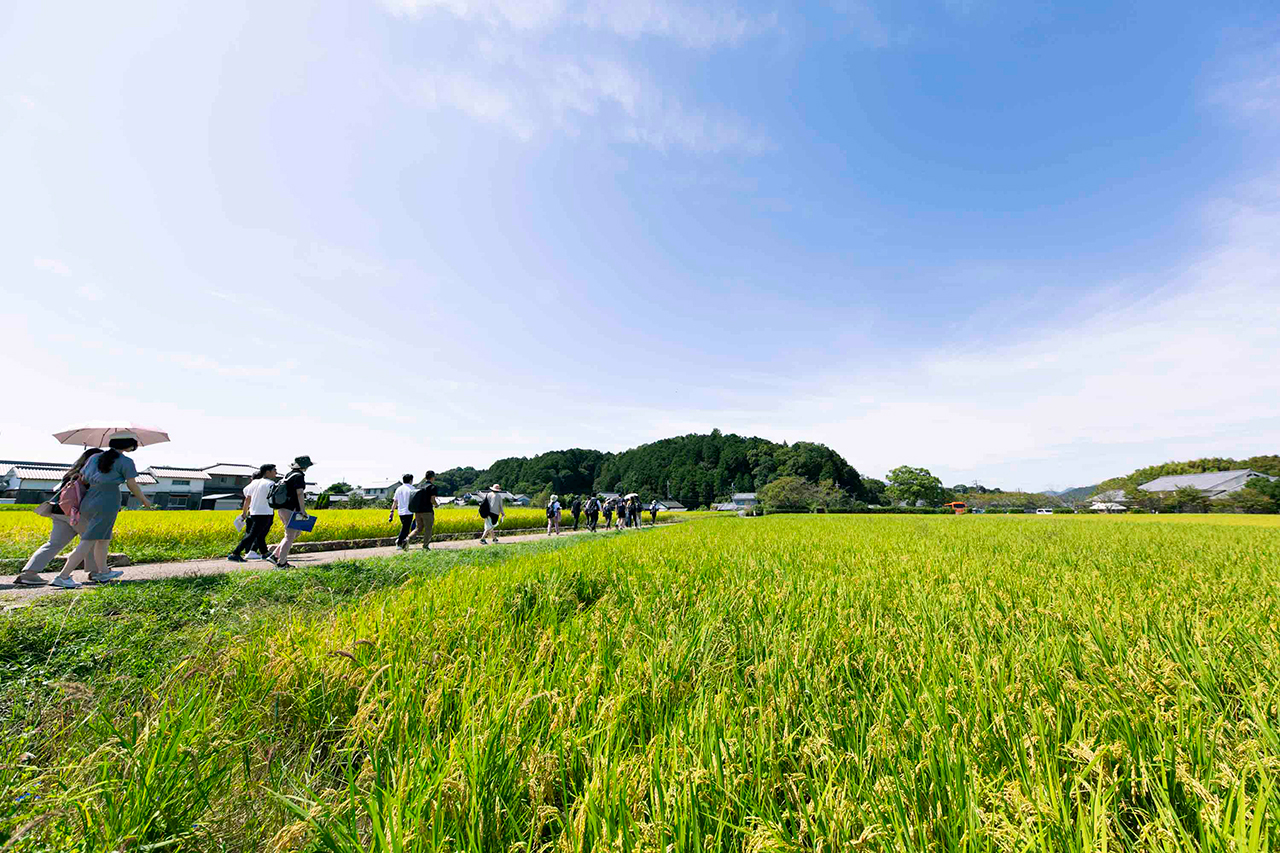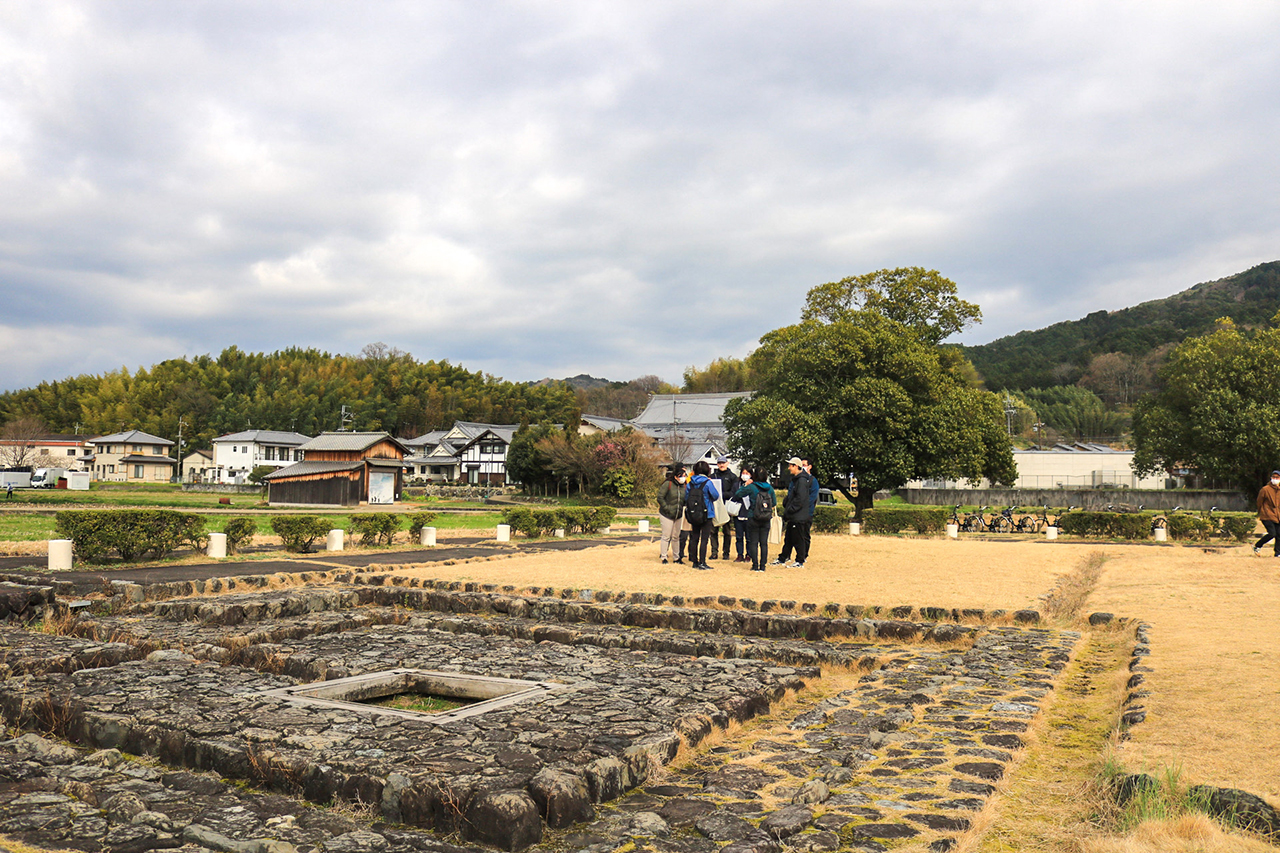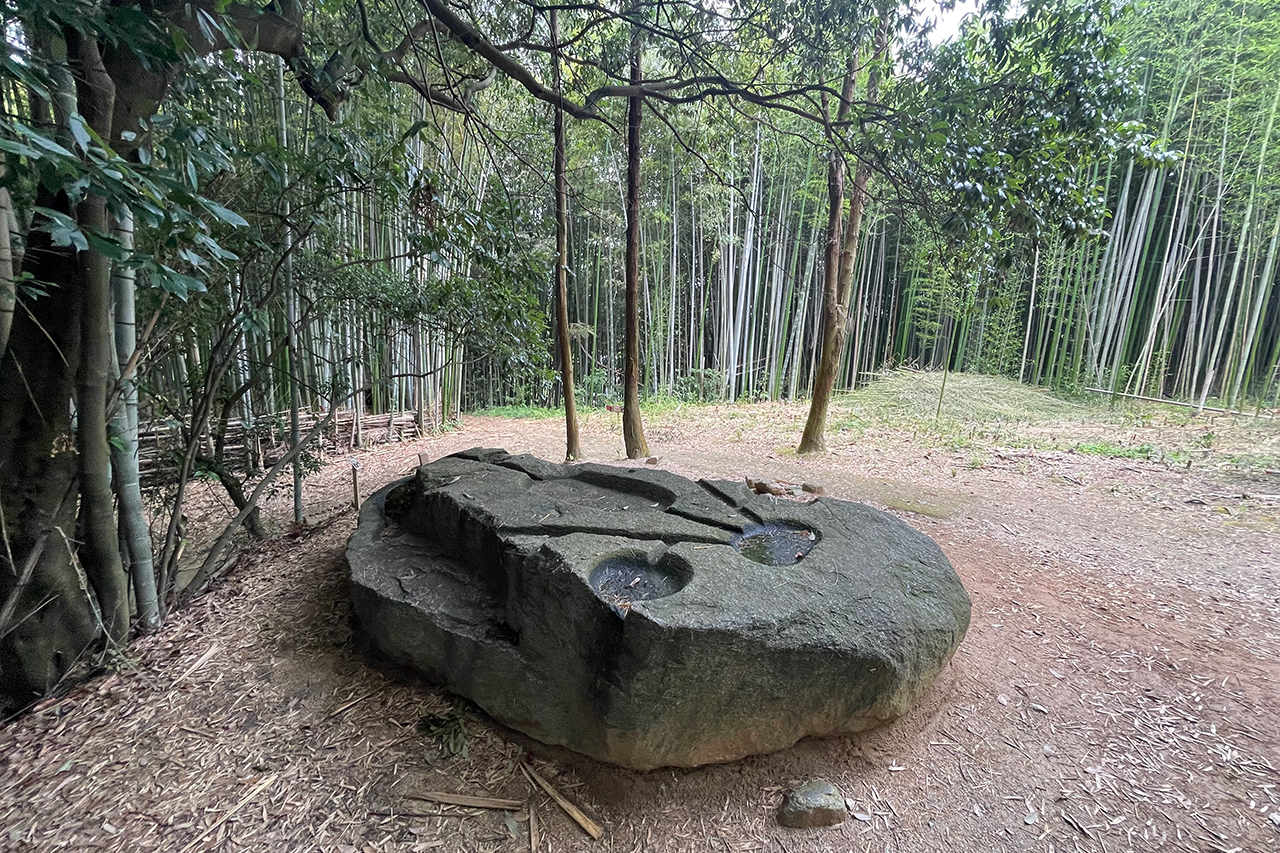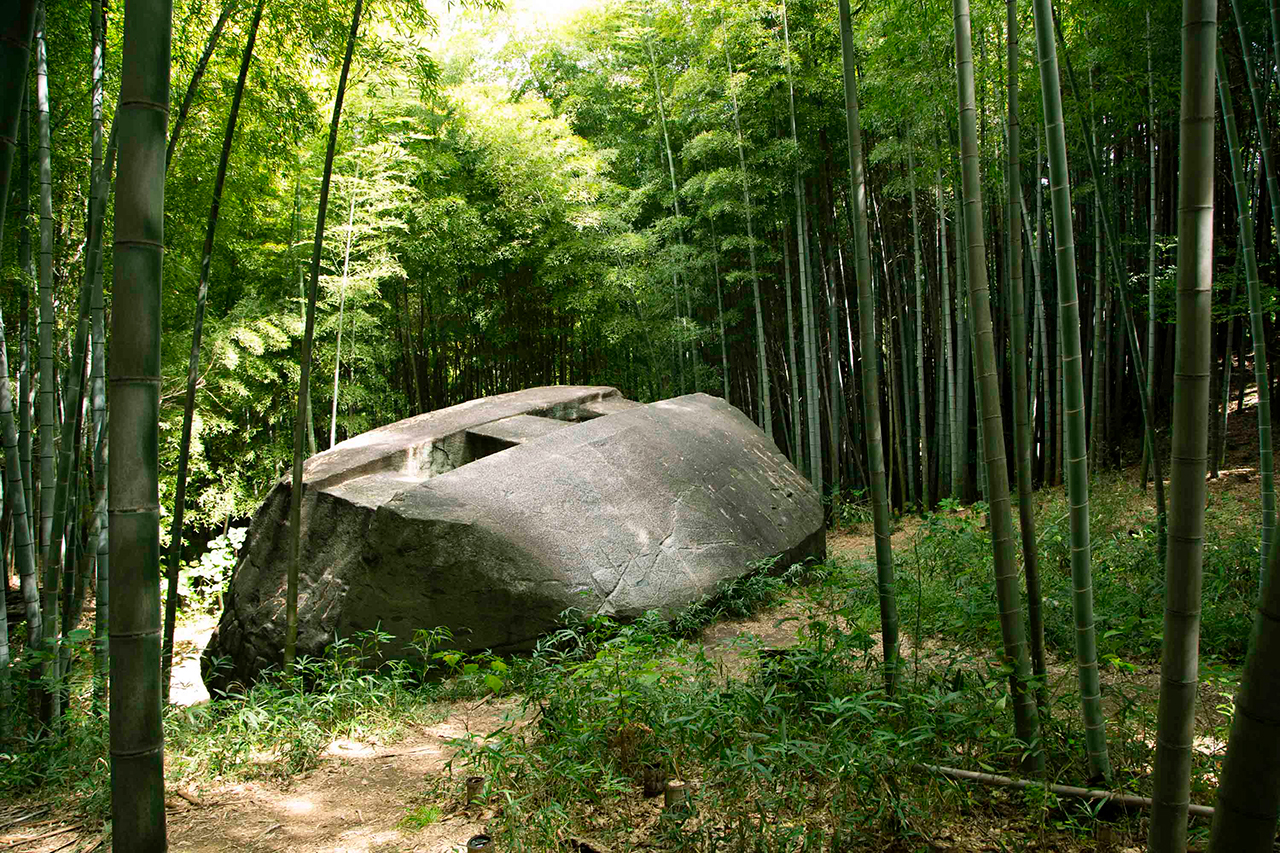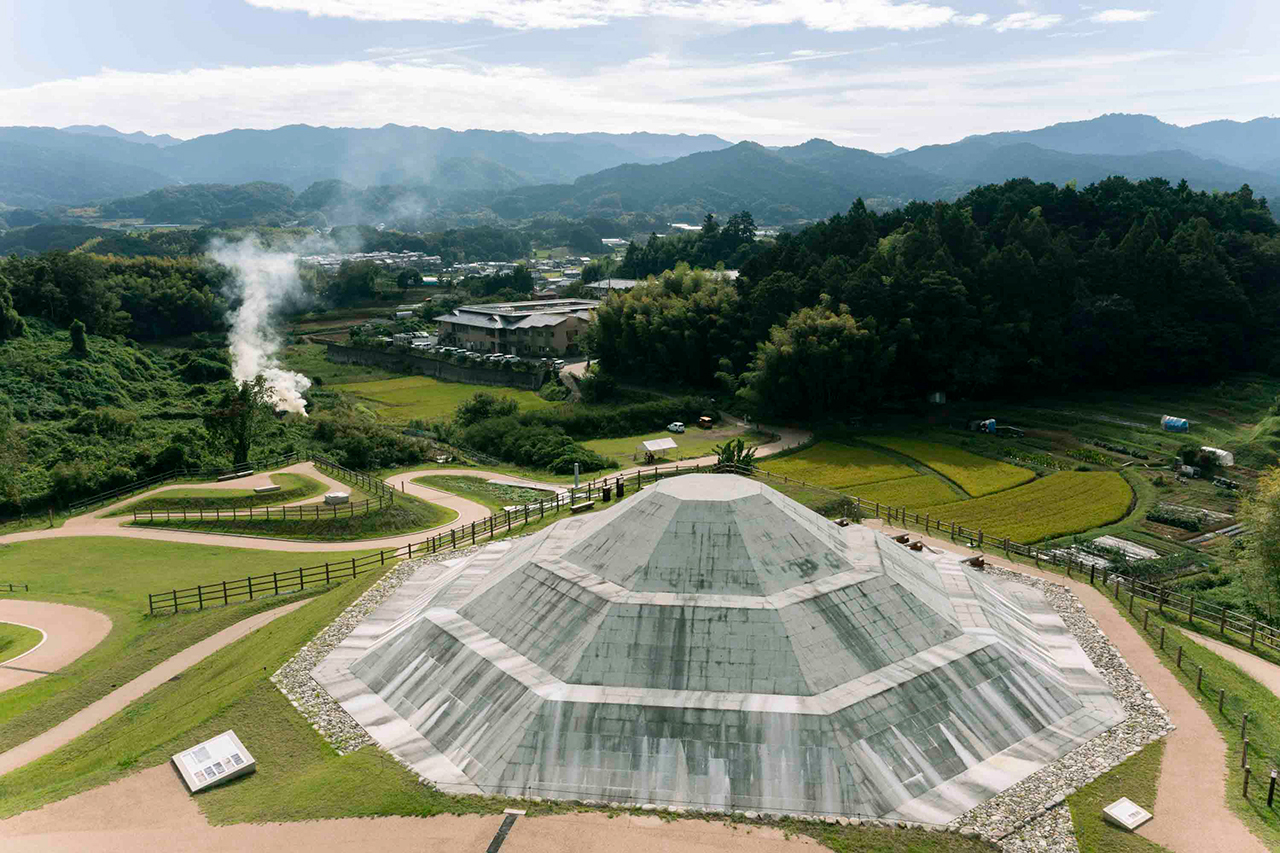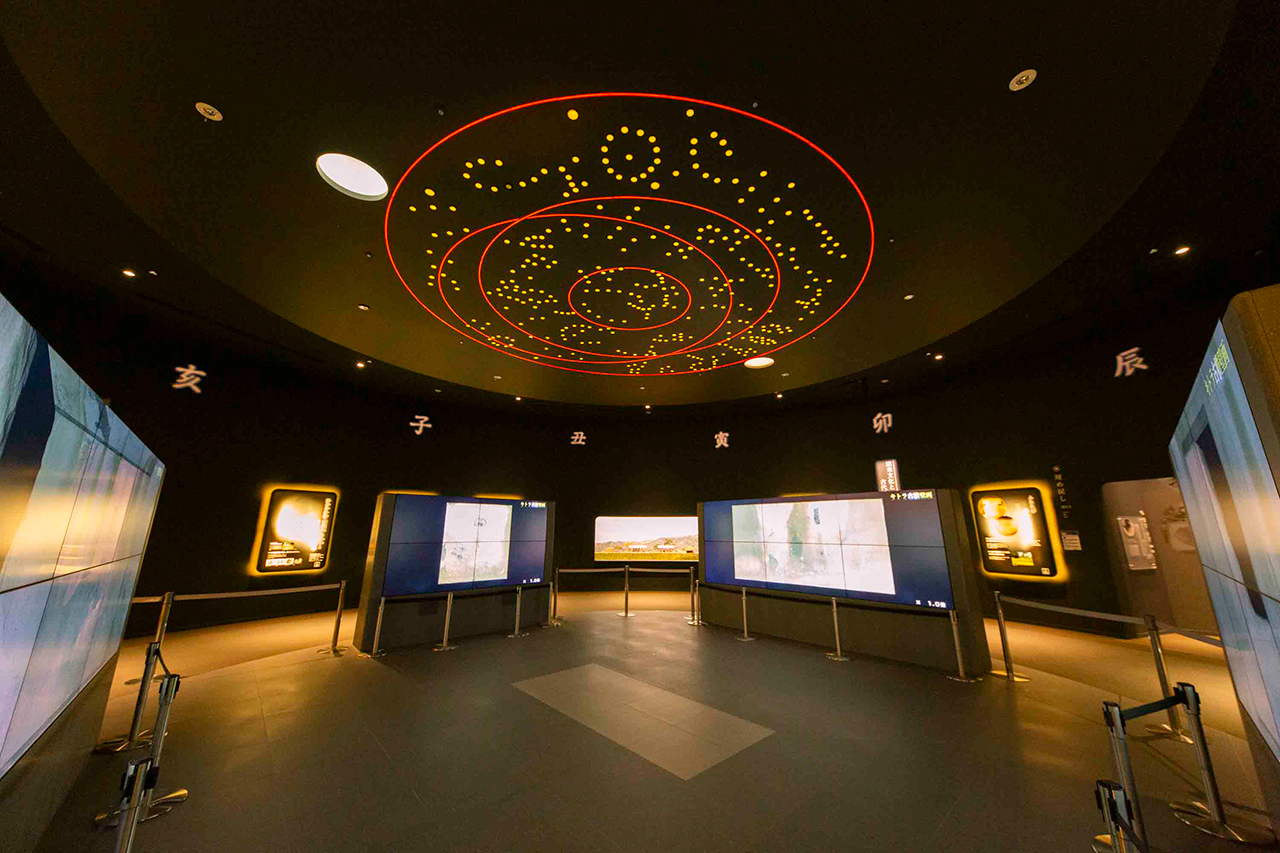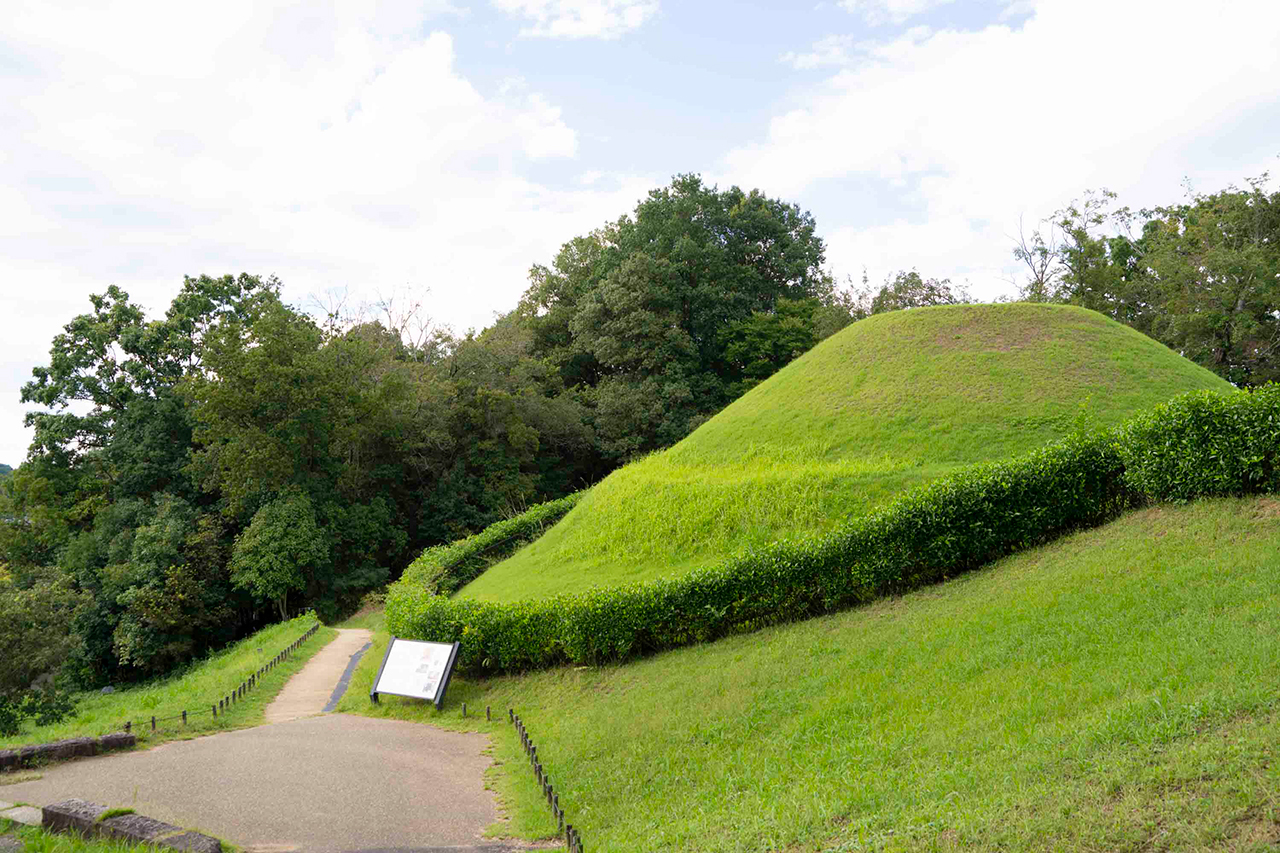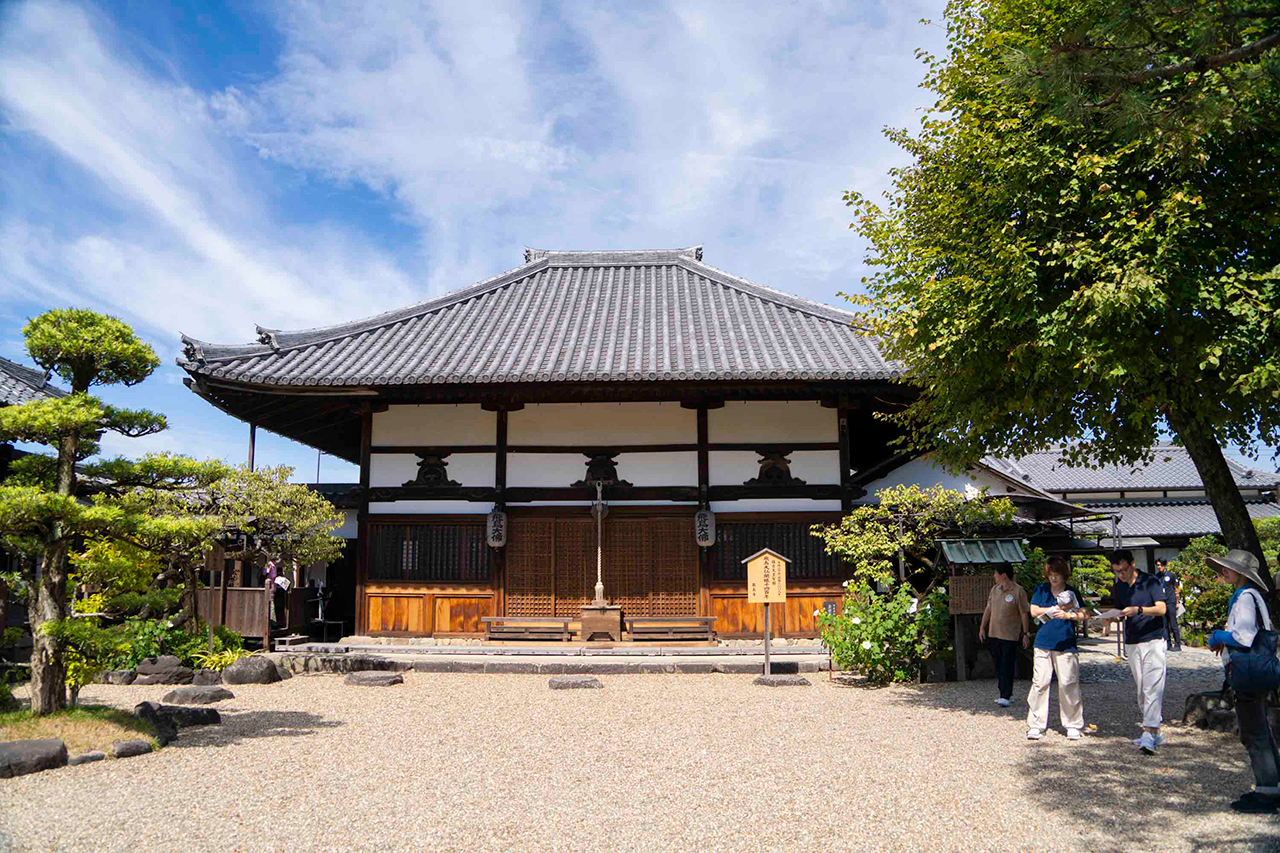Tour Itinerary
Asuka, The First Capital of Japan (2-Day)
The following is a model itinerary that takes you through 12 representative archaeological sites with an expert guide. Transportation is assumed to be by taxi, minibus, or rental car, but the area is 4 kilometers square, so in addition to driving, you can also explore by bicycle or on foot. Enjoy a trip to ancient sites while staying in a renovated traditional house, eating cuisines made with local ingredients !
Asuka Tourism Association
6-3 Koshi, Asuka-Village, Takaichi-gun, Nara, 634-0138, Japan
info@asukakyo.jp
info@asukakyo.jp
Copyright © Asuka Tourism Association. All Rights Reserved.


